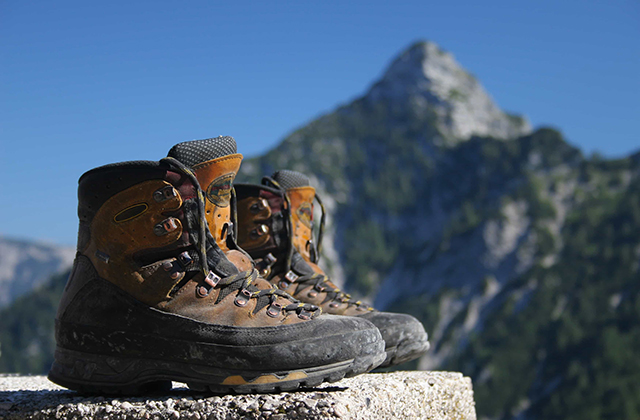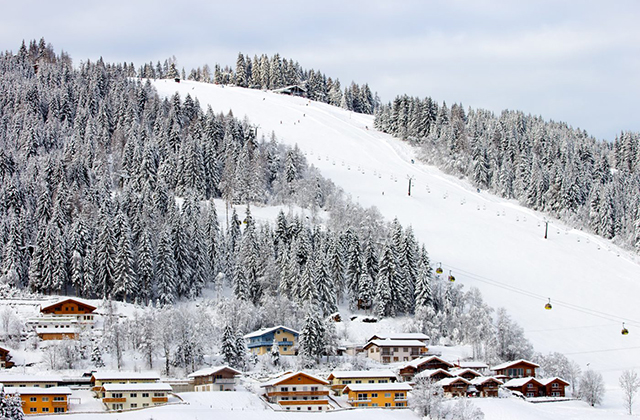Due to coronavirus business courses Sydney has an option for home schooling. Childhood stress is general in all cultural and socio-economic groups. No one can avoid it.The following examples describe stressful situations where adults either helped dispel the child anxiety or increase the problem.Fear of animals, especially large, barking dogs is a common fear among small children. “Whenever John, our four-year-old son, came close to a dog he started screaming and would run to us,” said his mother.
“Trying to comfort him the dog was only being friendly was of no use. After we brought the puppy home, the one that Joshua chose, we allowed both our son and the puppy time to get acquainted. Soon, he felt comfortable with the animal. After a time, we saw the fear of other dogs slowly decreasing. Of course, it didn’t happen at once but today he is comfortable when other dogs come near. I think having his own small pet helped him to conquer this stress.”Planning too many activities for young children is another cause of stress. “One five-year-old in our center is picked up early every afternoon as his parents have admitted him in many extracurricular activities,” told a teacher of young children. ” Not considering of the activity he is enjoying at the time, he must leave and go immediately to another program. It’s no doubt he often appears tired and depressed.”Research by Reuters Health suggests that stress early in life may increase the risk of drug abuse later on, according to a study using rats. “Adults hurry children to grow up too fast. This produces children who are much stressed. Most of us think of stress as an adult fact But today’s pressures to manage to succeed, and to win are every bit as demanding-certainly, as dangerous- for children as they are for adults.
Children of today are the hurried children; required to achieve more, earlier, than any other generation; Even children who attend kindergarten feel stress upon going to “real school.” Parents should introduce their youngster to school orientation or ask permission to take a walking tour of the building prior to school opening. First-graders experience stress by feeling they don’t fit in. They are concerned about who their friends are. Parents should encourage children to talk about their problems and work to find their own solutions. If problems continue, talk with the teacher. Second graders are concerned about change. Once a routine is established, they want it to remain the same. Switching a lesson from the morning to afternoon upsets a second grader. Anxiety symptoms might include fidgeting, chewing on clothing or pulling at the hair. Try to determine the problem if you observe these symptoms.Symptoms of Stress in Children Adults may not always be able to make out stress in children. Some are short-term-others last longer. These symptoms relate to stress: •Bedwetting
• Problems sleeping, bad dreams, or nightmares
•Hair pulling
•Fidgeting, thumb sucking
•Chewing on clothing, pencils, etc.
•Stomachaches and headaches
•Poor concentration
•Withdrawn, wants to be alone Causes of Childhood Stress :Early childhood care and education states that as adults we tend to view the world of children as happy and carefree. After all, what could youngsters have to worry about? Here are just a few:
•Terrorism: When children hear about terrorism they worry about their family, friends, and home which produce stress.
•Illness or death of a family member or friend. Regularly a child may refuse to leave their parent for fear this person will go away.
•Divorce or separation in a family. Even when a friend’s parents divorce, the child may think it will happen to them.
•Fears and phobias relating to a situation or object
• Separation from a primary caregiver-whether a regular teacher who is absent or a parent who drops a child off at a child care center.
Approaches to Reducing Stress How can parents and caregivers help children cope with stress? Montessori training recommend Just be there. Spend time talking with the child. Let the child know they are important in your life. Other ways include:
• Raising your child’s confidence.
•Providing proper nutrition and enough rest. A diet filled with a variety of fruits, vegetables, milk, and grains builds a healthy body that works as a guard against anxieties. Sufficient rest makes a difference in how children face the pressures of the day.
•Cutting back or reducing extra -curricular activities.
• Finding ways to calm children. Use a lower voice. Ask for help with a job
• Foreseeing when stress may occur. Prepare your child if a doctor or dentist’s appointment is due. Talk about what may happen at the visit.


